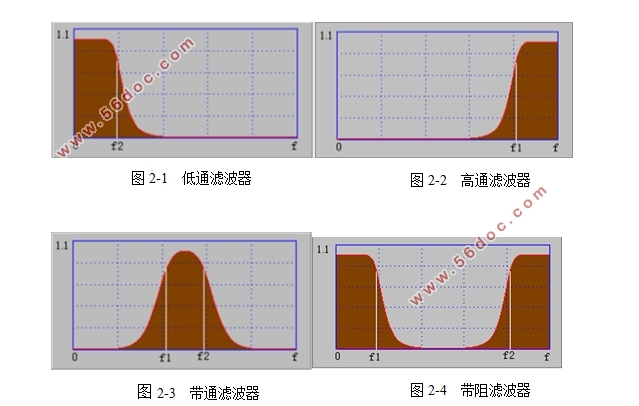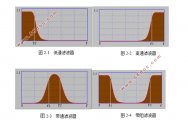微带带通滤波器的设计
来源:56doc.com 资料编号:5D26730 资料等级:★★★★★ %E8%B5%84%E6%96%99%E7%BC%96%E5%8F%B7%EF%BC%9A5D26730
资料以网页介绍的为准,下载后不会有水印.资料仅供学习参考之用. 密 保 惠 帮助
资料介绍
微带带通滤波器的设计(论文12000字)
摘要:本设计所要完成的滤波器的主要参数如下:工作带宽为2.4-2.5GHz,带内损耗小于5dB,带内波纹小于0.2dB,在2.2GHz和2.7Hz处的衰减大于30dB,采用PCB基板材料为1mm厚度的FR-4,输入输出为50Ω的微带线。毕业设计最终既要完成理论的仿真要求,同时也要制作出测量结果符合参数的实物。
关键字:微带线, 带通滤波器, 耦合, 仿真
Design and Implementation of Microstrip Band - pass Filter
Abstract:The main parameters of the filter to be completed are as follows: the working bandwidth is 2.4-2.5GHz with the in-band loss less than 5dB, the ripple less than 0.2dB, the attenuation at 2.2GHz and 2.7Hz more than 30dB, the PCB substrate FR-4 with the thickness of 1mm, input and output by microstrip line 50Ω.The graduation design is expected not only to complete the theoretical simulation requirements, but also to produce the measurement results in line with the parameters of the kind.
Key words:microstrip line,microwave bandpass filter, coupling, simulation

目 录
一 绪论……………………………………………………………………………………………1
(一)研究背景………………………………………………………………………………1
(二)国内外研究现状………………………………………………………………………1
二 微带滤波器基本原理 …………………………………………………………………2
(一)微波滤波器设计基础…………………………………………………………………2
(二)微波低通原型滤波器设计……………………………………………………………3
(三)微波滤波器的主要工作参数…………………………………………………………5
(四)微带线相关理论………………………………………………………………………5
三 微带带通滤波器的设计 ……………………………………………………………6
(一)平行耦合………………………………………………………………………………6
1.切比雪夫低通原型滤波器……………………………………………………………6
2.带通滤波器与低通原型的频率转换…………………………………………………8
3.平行耦合滤波器………………………………………………………………………9
1)倒置器归一化特性导纳及奇偶模特性阻抗的计算……………………………9
2)参数设计………………………………………………………………………10
3)建模、仿真与优化……………………………………………………………11
(二)优化设计 ……………………………………………………………………………12
1.基于平行耦合滤波器的结构改进 …………………………………………………12
1)性能优化 ………………………………………………………………………12
2)参数优化………………………………………………………………………13
2.基于高品质谐振腔的交叉耦合……………………………………………………13
四 实物加工与测试 ………………………………………………………………………16
(一)滤波器加工与测试 …………………………………………………………………16
1.实物制作 ……………………………………………………………………………16
2.测试及结果分析 ……………………………………………………………………17
(二)集成功分器和天线 …………………………………………………………………18
五 总结与展望 …………………………………………………………………………21
(一)全文总结 ……………………………………………………………………………21
(二)课题展望 ……………………………………………………………………………21
(三)收获与体会 …………………………………………………………………………21
参考文献 ……………………………………………………………………………………22
致谢 ……………………………………………………………………………………………23
|



